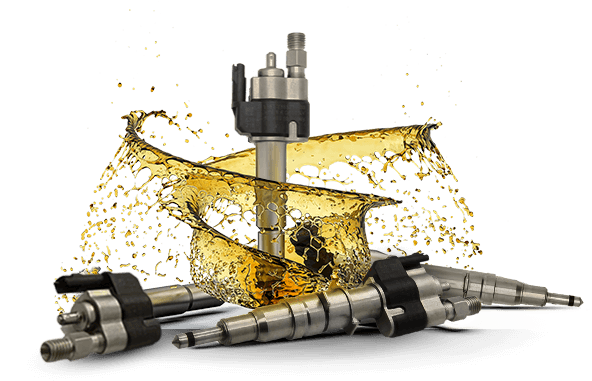Understanding Carbon Contamination with Modern Gasoline Direct Fuel Injectors
The gasoline direct fuel injector (GDI) plays a pivotal role in today’s internal combustion engines, contributing to enhanced performance, fuel efficiency, and reduced emissions. As emission standards become more stringent, the need for precise fuel delivery is more critical than ever. GDI systems are chosen to provide the optimal amount of fuel injected directly into the combustion chamber at precisely the right time, allowing for efficient combustion.
The Role of GDI in Fuel Efficiency
Unlike traditional port fuel injection systems, where fuel is sprayed into the intake manifold, GDI systems inject fuel directly into the combustion chamber. This direct injection method allows manufacturers to control the spray pattern and pinpoint the fuel in exactly the right spot, maximizing the burn's efficiency. This precision translates to more power, improved fuel economy, and reduced emissions, aligning with the strict environmental standards of modern automotive manufacturing.
Carbon Contamination: A Growing Issue
While GDI offers significant advantages, it also presents unique challenges. One of the most prominent issues is carbon contamination, which can accumulate on the injector nozzle over time. This contamination poses a serious threat to the injector’s performance, as it restricts fuel flow and disrupts the spray pattern that is crucial for optimal combustion. When the spray pattern becomes irregular, the combustion process becomes less efficient, leading to poor engine performance, increased fuel consumption, and higher emissions.
Combating Carbon Buildup
Addressing carbon contamination in GDI systems is essential for maintaining performance and ensuring long-term engine reliability. Quality fuels and fuel additives should be used to minimize the effects of carbon contamination. But after time the injector nozzles will still become contaminated. At this point the most effective method for removing carbon deposits involves removing the injectors and having them ultrasonically cleaned. Ultrasonic cleaning, paired with specially formulated solutions, breaks down the stubborn carbon buildup on the injector’s nozzle, thus helping to restore the proper flow and spray pattern.
However, cleaning alone may not be enough to restore injector performance, and sometimes is not the problem with the injector. After the carbon removal process, thorough testing of the fuel injector is necessary to validate its performance. This testing must occur under real-world conditions, mimicking the injector's operating pressures and electrical demands to ensure it will function as expected in the engine. Any testing done at low pressure is not enough. While low pressure testing can give indication of spray pattern performance, it cannot extrapolate out to how the injector actually performs at operating pressure. Any extrapolated results would simply be a guess based on how the performance is at low pressure. Liken it to testing your port injectors at 1.5 PSI instead of 43.5. Would you accept that?
The Importance of Proper Testing
Proper fuel injector testing under operating conditions is the only way to ensure that the GDI system is functioning correctly after cleaning. Our testing process evaluates how well the injector operates under the same conditions it will experience in the engine, ensuring the right fuel flow and spray pattern. Without proper high-pressure testing of the injectors, issues may still persist thus going undetected, leading to ongoing performance problems and inefficient fuel use. I say it again, would you pay a shop to test your port injectors at 1.5 PSI and then tell you how they should perform at 43.5?
Conclusion
Carbon contamination is an inevitable challenge for gasoline direct fuel injectors, but with proper maintenance, ultrasonic cleaning, and comprehensive testing, GDI systems can continue to perform at their best. By addressing carbon buildup early and validating injector performance through rigorous testing, vehicle owners can extend the lifespan of their injectors, improve engine efficiency, and meet modern emission standards.

